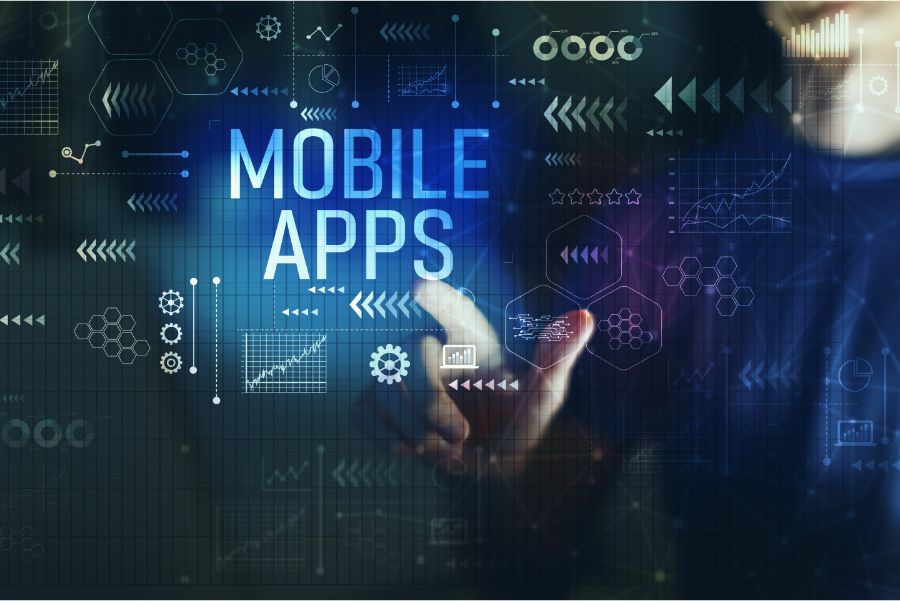Mobile App Onboarding: Tips to Engage and Retain Users

Millions of apps compete for consumers’ attention in the extremely competitive market of mobile applications. One of the critical factors that determine an app’s success is the onboarding experience it offers to its users.
The process of exposing new users to the app’s features and functioning, assisting them with the first setup, and fostering a sense of comfort and motivation to use the app is known as onboarding. In this article, we’ll look at some key pointers for developing an efficient onboarding procedure that keeps users interested and involved, along with examples from actual mobile applications to help you understand these ideas.
1. Keep it Simple and Concise
- This is the first rule of effective onboarding. Long onboarding procedures can cause annoyance and user desertion, and new users are sometimes overwhelmed by the sheer volume of apps they download. Concentrate on your app’s main value and succinctly and simply describe what it does. Attempt not to overwhelm users with too much information at once. Instead, give brief instructions that are simple to understand and gradually explain the functionality of the programme.
- The onboarding procedure for the well-known meditation software “Calm” is straightforward and uncomplicated, beginning with a brief greeting and an overview of the programme’s functionality. Instead of overloading consumers with all the capabilities at once, they offer different meditation techniques to them gradually.
2. Display the Benefits of the App
Apps are downloaded by users to address a particular need or problem. For user engagement, it’s critical to emphasise the value proposition of your product during onboarding. Show users how your programme can improve, make their lives more fun, or increase their productivity. Instead of only concentrating on the functionality of your app, think about what customers will get from using it.
Example: During onboarding, the language learning programme Duolingo shows off its value proposition by showcasing how entertaining and addictive learning a new language can be. They highlight the useful advantages of learning a language and give a sneak peek inside their gamified learning approach.
3. Personalization is Key
The onboarding process can be considerably improved by personalization. Based on the user’s choices, behaviour, or demographics, customise the onboarding experience. During the registration process, gather pertinent information that will be used to give individualised content and suggestions.
The popular music streaming service Spotify, for instance, offers a personalised sign-up process by inquiring about users’ favourite genres and performers. They can utilise this data to make the user-specific playlists and recommendations straight away.
4. Offer Interactive Direction
Onboarding screens that are static might be boring and uninteresting. Instead, choose interactive assistance that invites user involvement. Make the onboarding experience more entertaining by including interactive components like swiping, tapping, or gestures.
And such is the popular investment app Robinhood, which offers interactive training to help users purchase and sell stocks. During onboarding, users can engage with the app’s user interface, providing a practical learning opportunity.
5. Offer Incentives and Rewards
Rewards and incentives are adored by all. Small incentives during the onboarding process can encourage customers to finish and keep using the service. These benefits may include discounts, access to premium features, or virtual cash.
Starbucks, for instance, employs incentives to motivate customers to finish the onboarding process. After downloading the Starbucks app and completing their first purchase, new customers receive a free coffee, giving a good first impression and encouraging loyalty.
6. Progress Indicators and Visual Cues
Progress is a natural motivator for people. During onboarding, incorporate progress indicators and visual cues to demonstrate to users their progress and the potential benefits of continued app use.
To track users’ daily steps, active minutes, and other fitness goals, fitness apps like Fitbit use progress indicators. Users are encouraged to keep using the mobile applictaions to accomplish their goals by these visual indications.
In mobile applications, user engagement and retention are built on a strong onboarding experience. App developers may greatly enhance the onboarding experience for users by keeping it simple, emphasising the app’s usefulness, personalising the experience, delivering interactive coaching, offering incentives, and including progress indicators.
Remember that a successful onboarding process not only engages users right away but also leaves a lasting impression that may result in further app advocacy and loyalty.Therefore, put time and effort into creating an outstanding onboarding experience the next time you create a mobile app to capture consumers and keep them coming back for more.





